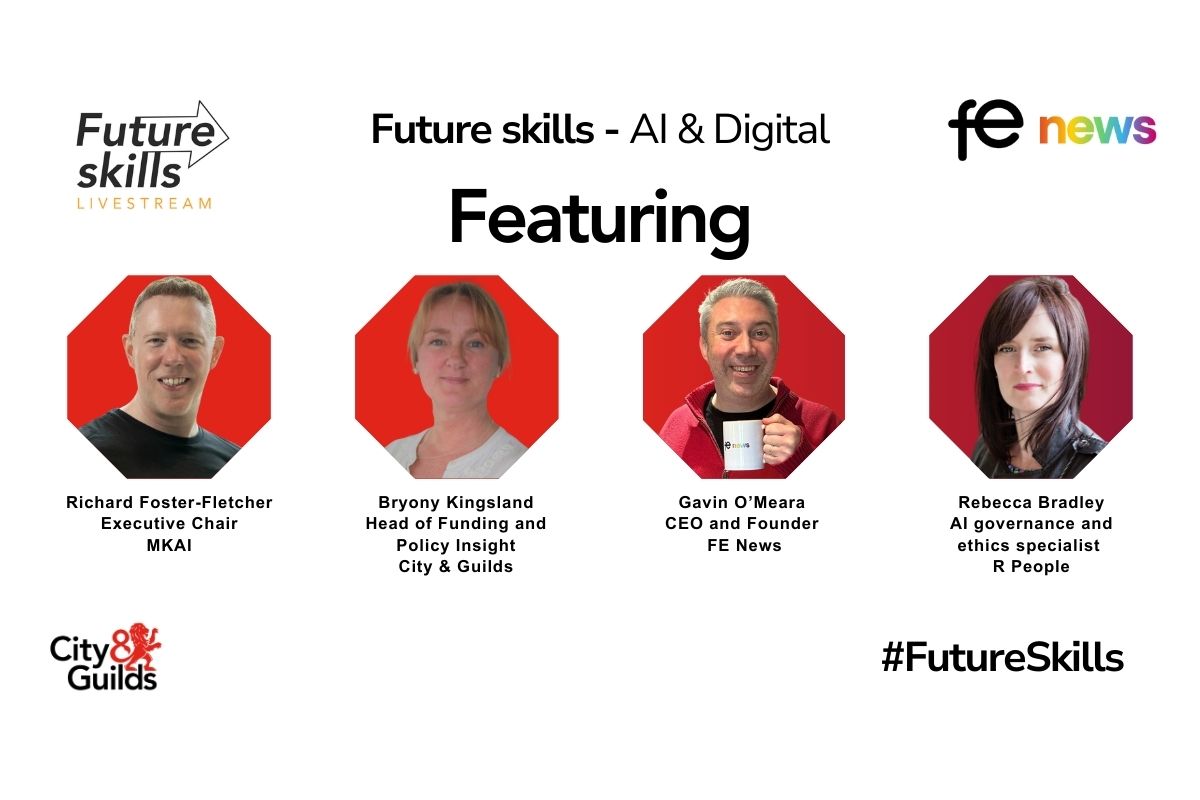Celebrating Women in Engineering

As International Women in Engineering Day is upon us, Siu Ho, Firmware Engineer at Casella, shares the challenges and opportunities for female engineers, her motivation for working in STEM and advice for women entering the field
What was your motivation for working in STEM?
Research has shown that children as young as six believe that girls aren’t interested in computer science and engineering, contributing to a self-fulfilling proficiency that girls ‘don’t belong’ in the field and to the gender gap in STEM education. As men tend to dominate the field, this can further discourage girls who have an absence of female role models. I was lucky to witness both my father and mother fixing things growing up, and they gave me hands-on experience too. Having the opportunity and encouragement to participate in less gender-stereotypical activities developed my passion for problem-solving and gave me the chance to imagine what a career in engineering could look like.
Why did you join Casella?
Casella is dedicated to cutting environmental and occupational health risks by developing equipment and technology that can improve and save workers’ lives. The company’s key specialisations include noise, vibration, boundary and air sampling monitoring, that can empower people, companies and communities to protect their health. I wanted to work for Casella because in doing so, I know that I’m helping to make the world a safer place. Casella has also invented a series of ‘world firsts’ including the first personal air sampling pump. Being at the forefront of innovation can accelerate the improvement of workers’ lives and I’m proud to be a part of that.
The sector is aiming for a target of 1.5 million women working in STEM by 2030. This would equate to 30% of the workforce being female. How do you think we can move towards a more gender-balanced sector?
As a firmware engineer, my focus is on the ‘T’ in STEM. Software is everywhere and having the ability to create and play with it is a superpower. Today’s young girls will be tomorrow’s workforce and they should be given the opportunity to learn programming from an early age, so that they can use science and technology to develop their own solutions and understand what they can achieve. There are programmes available that can teach children coding in bite-sized chunks, helping to instil problem-solving abilities. There needs to be a greater effort to incorporate these types of programmes into the education system, so that more girls can be introduced to the world of STEM from an early age.
Why do you think there is such a small number of women pursuing STEM subjects and engineering as a career?
The glass ceiling effect can be a concern, however, the sector is moving in a positive direction, so I think we need to raise awareness of what women can achieve in the field. In the past, we used maps to navigate our journeys. Today, we can find the fastest, smoothest route straight from our smartphones. There needs to a greater effort to highlight the positive aspects of the career because female engineers can change the world, one innovation at a time.
What are the biggest challenges female engineers face, and what advice would you give to others thinking about entering the field?
At university, I was one of five women out of a class of 70.In a male-dominated environment, it’s important to remember that your voice matters. Express yourself and don’t be afraid to share your opinions because they are just as important even if you’re the only female voice in the room.
Can you tell us about any milestone moments in your career or notable mentors?
Studying at university and within research centres was vital for learning the technical aspects of the field, however, it wasn’t until later in my career that I really developed my commercial awareness. Having an increased understanding of the way that businesses operate helped me to accelerate my career and I think there needs to be a greater focus on developing this within the standard curriculum.
What future innovations are on your working on at Casella?
I’m currently working on a new exposure monitoring device that can offer companies a more cost-effective method of making an exposure assessment, helping to identify workers at risk. It is important that the cost of monitoring devices is not apriority over employee health. Developing this new, lower-cost device will help to encourage more companies to protect their workforces and will join Casella’s range of products designed to help combat occupational disorders across the world.
By Siu Ho, Firmware Engineer at Casella
Siu Ho has a Bachelor of Engineering from Brunel University London and a Master of Science in Analogue and Digital Integrated Circuit Design from Imperial College London. With a passion for developing innovations that make the world a safer place, Siu is a Firmware Engineer at Casella, a specialist company that reduces environmental and occupational health risks by developing advanced monitoring technology.











Responses